Nora Bandari
By means of illegal actions, the mullah regime, led by Iranian Supreme Leader Ali Khamenei, does not hesitate to exploit children, especially those who suffer from poverty and the deterioration of their economic and living conditions, whether by forcing them into the ranks of the Iranian forces or to suppress protestors, as well as using them to distribute drugs that are widely spread throughout the country. Not only that, but the mullah regime has even suppressed and tortured children as young as 12 years old, which has previously been denounced by several human rights organizations demanding that the regime stop oppressing children.
Oppressive purposes
In light of the above, Sharmin Meymandi Nejad, founder of the Imam Ali’s Popular Student Relief Society, revealed during an interview with the BBC Persian channel on June 15, after his release from prison and his departure from Iranian territory last October, that children are the most prominent victims of the Iranian regime, which uses them for all kinds of illegal activities, whether distributing drugs in poor areas, suppressing demonstrators, or “sex trading” for homeless girls in the context of “temporary marriage.” Nejad stated that his charitable foundation was closed, and he was arrested in July 2020 after he had submitted a report to the Iranian military institution about the spread of drugs among children throughout the country.
International warning
It should be noted that this is nothing new, as Amnesty International had previously warned about it in a report last March, noting that Iranian intelligence and security services are committing the most horrific forms of torture and physical violence against children, especially those detained in their prisons, including those who are no more than 12 years old, just because they participated in the protests that spread throughout Iran last September against the backdrop of the killing of the twenty-year-old Kurdish woman, Mahsa Amini, at the hands of the Iranian morality police for not adhering to the Iranian hijab dress code. This was also confirmed by Human Rights Watch in its report last April, which noted that the mullah regime arrested children, interrogated them, convicted them on vague charges, and even tried them without respecting any legal guarantees by preventing their families from appointing lawyers for their children.
In this context, Diana Eltahawy, deputy regional director for the Middle East and North Africa at Amnesty International, sent a letter to the mullah regime, warning it against the exploitation and oppression of children.
“The authorities must immediately release all children detained solely for exercising the right to peaceful protest,” Eltahawy said in the letter, adding, “If impartial investigations into the torture of children have not been conducted at the domestic level, all countries must exercise universal jurisdiction over Iranian officials, including the president.”
Mullahs’ approach
Regarding the exploitation of children by the mullah regime, Osama al-Hatimi, a researcher specializing in Iranian affairs, said that the Iranian regime’s involvement in the exploitation of children goes back to the first years of this regime’s accession to power. In the Iran-Iraq War (1980-1988), Tehran forced thousands of Iranian children to the front lines of the battle front to repel the Iraqi forces and inflame the feelings of the fighters and the Iranian people, while working to use and glorify the images and stories of child soldiers in war propaganda as part of psychological warfare, from which the story of Mohammad Hossein Fahmideh emerged, for example. Fahmideh was a 13-year-old child who was killed after participating in semi-suicide operations, and Revolutionary Guard propaganda considered him a martyr and a national hero, an experience that was copied by pro-Iranian militias in Iraq, Syria, and Yemen over the past years.
Hatimi pointed out in a special statement to the Reference that Iran’s exploitation of children to suppress protests does not represent any deviation from the approach of this regime, which over the past years has recruited dozens of children and used them to suppress popular protests, and many human rights organizations, whether Iranian opposition or international, documented this through video clips.
He added that the matter is not much different with regard to the Revolutionary Guard (IRGC) gangs that trade in drugs and recruit children for drug distribution operations, which generate huge profits for the IRGC leaders involved in this trade.




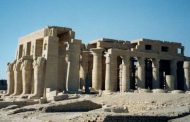



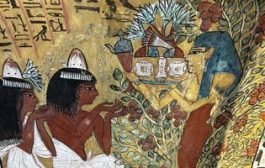


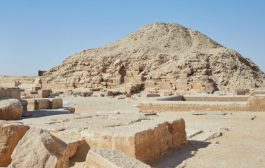













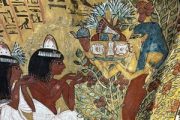


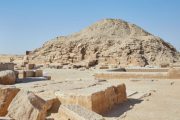
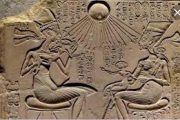



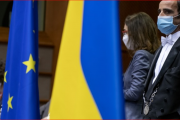

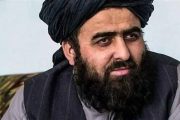

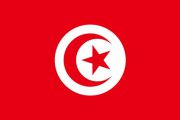


admin in: How the Muslim Brotherhood betrayed Saudi Arabia?
Great article with insight ...
https://www.viagrapascherfr.com/achat-sildenafil-pfizer-tarif/ in: Cross-region cooperation between anti-terrorism agencies needed
Hello there, just became aware of your blog through Google, and found ...